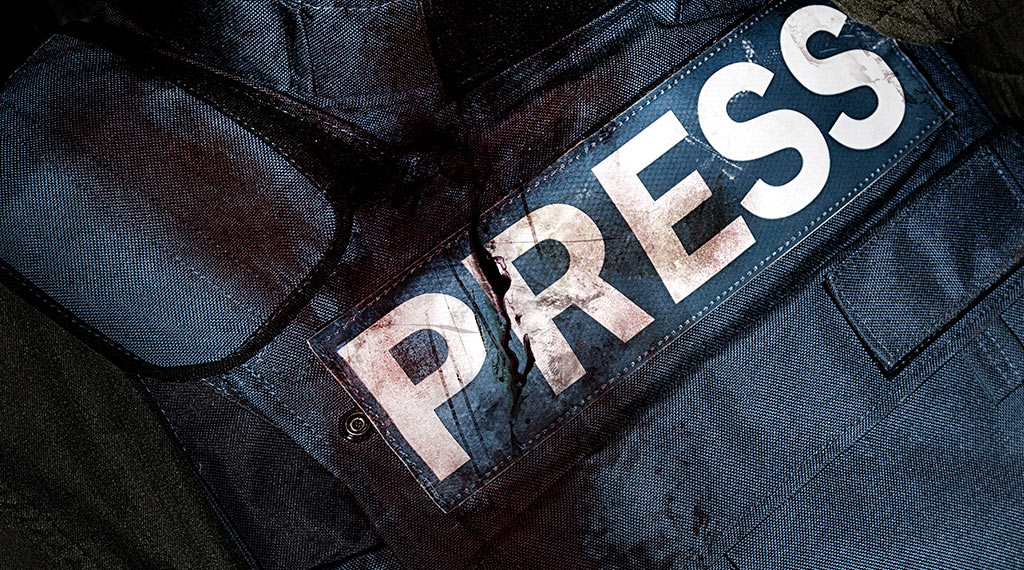
Wars are among the most heinous and cruel events that we follow on a daily basis, affected by and then forming our opinion of the parties involved. Here emerges the important role of war correspondents who convey to the world the details of what is happening on the battlefield. These brave professionals tell us the brutal stories they have witnessed and paint a clear picture of the destruction and bloodshed on the ground.
Indeed, journalism is one of the most dangerous professions to practice, especially during coverage of armed conflicts. War reporters have become unarmed soldiers who participate in fights with their pens and cameras, risking their lives to obtain information to convey the facts from the heart of the battle through various global media outlets, including social media platforms.
During the Second World War and Vietnam, American reporters were embedded with US troops, wearing military uniforms and enjoying instant access to medical care if needed. This process carried over into the wars in Iraq and Afghanistan and will continue in future conflicts in well-defined battle zones.
It is noteworthy that the Geneva Conventions of 1949 state that journalists captured while accompanying an army were entitled to the same protections as soldiers and were effectively prisoners of war.
However, this practice is much safer than covering unconventional conflicts and urban warfare, where reporters usually do their work independently or with small teams led by local producers or fixers.
Today with the development of technology and the possibility of using smartphones for direct communication, and the significant reduction in the size of cameras and photographic equipment, curious journalists can reach the closest possible point to the location of an important event and sometimes be part of it. I still remember small details of several warzone incidents I have witnessed in the past 32 years.
I have learned from my experience covering the wars in Afghanistan and Iraq and going to several cities attacked by radical Islamist groups that war correspondents get attached to the victims of the enemy’s atrocities, regardless of who the enemy was. The more reporters stay in conflict zones, the more humanitarian events become very personal.
It has not been a month yet since the start of the Russian invasion of Ukraine, and we have lost several journalists who were trying to communicate the facts and shed light on the humanitarian situation of millions of Ukrainians. Families fled the brutal Russian offensive to protect their children and loved ones and took refuge in neighboring countries or in somewhat safer Ukrainian regions.
On March 13, Brent Renaud, an award-winning American filmmaker and journalist was killed in a suburb of the Ukrainian capital, Kyiv, while his colleague Juan Arredondo was shot and rushed to the hospital. Arredondo said that he and Renaud were shot in a car after leaving a checkpoint on their way to film civilians fleeing the targeted neighborhoods and cities.
Days later, Ukrainian producer and fixer Oleksandra “Sasha” Kuvshynova, 24, and Fox News cameraman Pierre Zakrzewski, 55, were killed in the village of Gorenka, outside Kyiv. They were working alongside US Fox News State Department correspondent Benjamin Hall, who was rushed to the nearest hospital to treat his wounds. According to a statement issued by the network, the three-person team was hit by artillery shelling fired by Russian troops in the village.
- Moderate Muslim voices deserve to be heard in America - July 25, 2023
- Specter of Afghanistan debacle haunts Biden - May 25, 2023
- Washington should scrutinize the motives behind Qatar’s unfriendly policies - April 7, 2023
